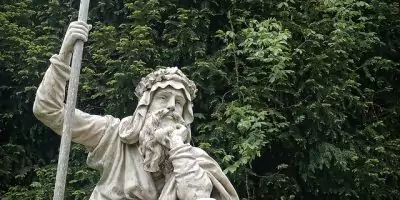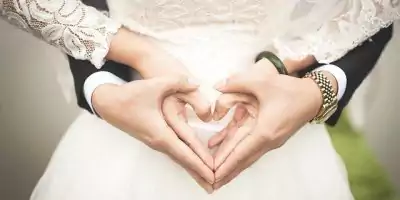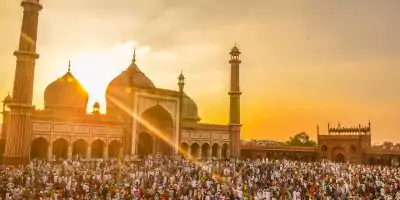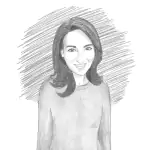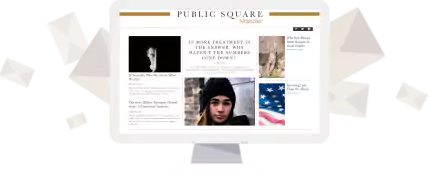
On April 21, 2025, Pope Francis, 266th Supreme Pontiff of the Catholic Church, passed away. At that time, the Catholic Church entered a sede vacante period, which is Latin for “the chair is vacant.” On May 7, 2025, the College of Cardinals, 135 of which are eligible to vote but only 133 will participate, will convene in the Sistine Chapel to elect a successor to Pope Francis. Who will it be? What could this mean for the future of the Catholic Church and other Christians? This article will attempt to answer these questions.
How The Conclave Works
If you’ve seen the movie Conclave, you already have a somewhat accurate picture of how a papal election works. The College of Cardinals—comprised of Catholic leaders from around the world—gathers to elect the man they believe is best suited to lead the Church’s 1.4 billion members.
Technically, any baptized male is eligible, but the pope is almost always chosen from among the cardinals. To be elected, a candidate must receive a two-thirds majority—about 90 votes, depending on attendance. The voting will begin on May 7 and continue until a new pontiff is chosen. Once elected, the pope must accept the role and choose a regnal name—the name by which he will be known throughout his pontificate. Afterward, the ballots are burned. If a pope has been elected, white smoke will rise from the Sistine Chapel chimney, signaling to the world that a new leader has been chosen. He will then appear before the public in St. Peter’s Square.
Since the Second Vatican Council concluded … no one is sure exactly where the Church is headed.
Why the Conclave Matters
Whether you are a Catholic or not, the outcome of this conclave is of vital importance. Ever since the Second Vatican Council concluded in 1965, where the church issued proclamations on revelation, liturgy, religious liberty, ecumenism, and even the church itself, the state of the Catholic Church has been one where no one is sure exactly where the Church is headed. This is in large part because there is no universal consensus on how to interpret that council. Some see it as not a radical break with the past, but merely some updating and non-fundamental change. This is known as the hermeneutic of continuity, which Pope John Paul II and Pope Benedict XVI championed. Others see the Second Vatican Council as a rupture with the Catholic tradition and long for a return to the church as it was in the past. This position is most associated with Archbishop Marcel Lefebvre’s Society of Pius X and Catholics who refer to themselves as Traditionalists. Others see Vatican II as progress and want to see more reform and a greater break with the past. Pope Francis and his supporters generally fall into this camp. Which camp will prevail is unknown, and thus the future of the Catholic Church is unknown. The next pope will play a significant role in determining where the Catholic Church is headed, for better or worse.
But if you are not a Catholic, this upcoming conclave is still of value to you, especially if you are a Christian. This is because the Second Vatican Council emphasized ecumenism, and the three different camps hold different opinions on the topic. For example, Traditionalist Catholics often reject it, believing that unity can only be achieved through conversion to Catholicism. Others, like Pope John Paul II and Pope Francis, champion interfaith outreach.
Who it will be, and what his leadership will mean, remains to be seen.
The pope’s influence also extends beyond religion. As the sovereign of Vatican City and a representative at the United Nations, the pope has diplomatic and moral influence across political and humanitarian spheres as a member state.
By next week, the Catholic Church will likely have a new pope—and potentially a new trajectory. Who it will be, and what his leadership will mean, remains to be seen. But one thing is certain: the days ahead will not be dull.
As a convert to Catholicism and a committed Traditionalist, I don’t claim to be an impartial observer. But no matter the outcome, I intend to follow the counsel of Pope Boniface VIII in his papal bull Unam Sanctam: to submit to the authority of the newly elected pontiff.





